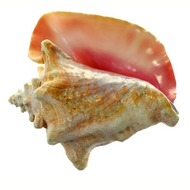
(View Complete Item Description)
Introduction to OER Practices & Tools for Discovery Exploration of the what, why, and how of high-quality OER, highlighting use cases involving successful adoption and implementation of materials. Introduction to effective search strategies to identify resources that meet specific OER need areas and priorities.OER Evaluation & Curation Discovery and customization of tools to evaluate the quality and alignment of resources. Examination of curation strategies to collaboratively identify, evaluate, organize, create, remix, and share OER to meet teaching and learning needs and priorities. OER Authoring & Remixing Deep dive into designing and remixing OER for continuous improvement. Get an overview of OER authoring tool and discover how to edit, describe, and publish a resource. Develop plans for future OER work, including designing and facilitating presentations and trainings, and articulating next steps for outreach and advocacy. Determination of how to best leverage OER tools and practices to continue and grow this work collaboratively throughout the islands.
Material Type:
Activity/Lab
Author:
Megan Simmons



















